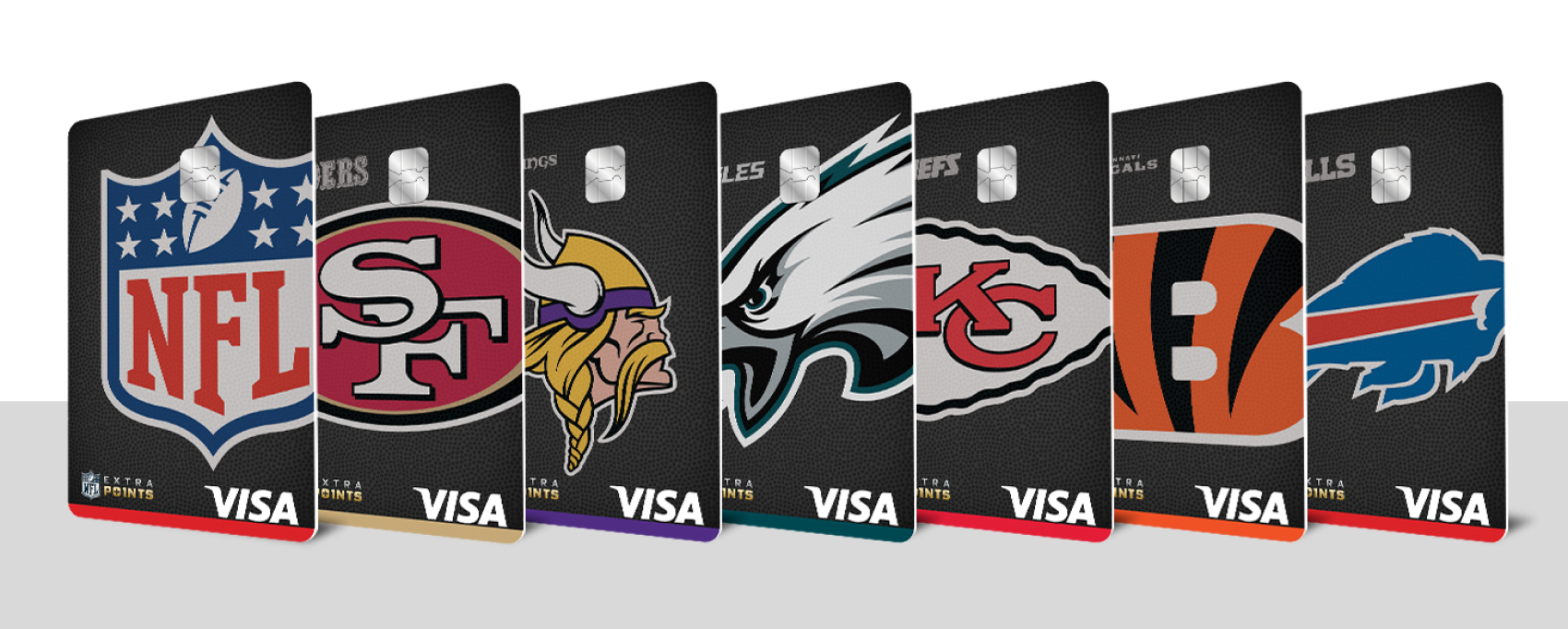A credit card’s design plays a crucial role in establishing brand identity, driving customer engagement, and building loyalty. A well-designed card isn’t just about aesthetics — it’s a physical representation of the brand and the benefits offered to cardholders. When done right, card design can significantly influence how customers perceive and use the product, enhancing the overall customer experience.
This article will guide you through the key considerations and emerging trends in credit card design, offering actionable tips, metrics, and examples to help you create a card that truly resonates with your audience.
Why credit card design matters
Credit card design serves as a critical touchpoint between the issuer and the cardholder. A thoughtfully designed card enhances brand recognition and increases customer pride in ownership, driving higher engagement and usage. The transformation of the American Express Platinum card from plastic to metal, for example, is a testament to how design can elevate the customer experience. This change provided the card with a heavier, premium feel, which contributed to a deeper emotional connection with users.
Aligning credit card design with brand identity and customer preferences

An effective card design should reflect the brand’s identity while resonating with the target audience. For example, the NFL Extra Points card program effectively leveraged team colors, logos, and fan-centric features to create a strong emotional connection with fans, leading to higher card usage and increased customer engagement.
Key tips:
- Know your audience
Conduct customer research to understand your audience’s design preferences and how these preferences align with the audience personas you’re targeting. - Use iconic elements
Incorporate logos, colors, or patterns that are meaningful to your brand’s identity. - Create emotional appeal
Cards that resonate emotionally with users often see increased engagement.
Popular trends in credit card design
Credit card design trends have evolved significantly in recent years, with a focus on modern aesthetics, sustainability, and personalization. Here are a few of the most popular trends:
Horizontal or vertical cards: which is better?
One notable trend in card design is the shift toward vertical layouts. Vertical cards, designed for how people typically interact with their cards, offer a more natural experience when inserted into ATMs or card readers.
However, it’s important to note that one orientation isn’t inherently better than the other. The choice between horizontal and vertical should depend on your target audience, the brand’s identity, and the overall aesthetic you wish to achieve.
For example, vertical cards might convey a more modern and innovative feel, while horizontal designs can provide a classic and familiar look. The key is leveraging what works best for your brand and resonates with your audience’s preferences. See our credit card marketing guide for more considerations for creating designs that resonate.

Take your card marketing to the next level
READ OUR GUIDEPersonalization: front or back?
Many modern card designs have shifted key details, such as the cardholder’s name and card number, to the back, creating a cleaner and more visually striking front. However, much like the orientation of the card, the decision to place information on the front or back is not a one-size-fits-all solution.
What matters most is aligning the design with your brand identity and the preferences of your target audience. If a minimalist, sleek look is essential to your brand, moving details to the back might be ideal. On the other hand, keeping personalization on the front can be useful if your brand prioritizes tradition or familiarity. The goal is to balance functionality with aesthetic, ensuring the design enhances both form and function for the intended audience.
Material: metal vs. plastic vs. eco-friendly alternatives
Choosing the right material for your credit card is a critical decision that can affect customer perception and loyalty.
- Metal cards: Metal cards offer a premium feel and signal exclusivity. These are often seen as status symbols, driving higher engagement among cardholders.
- Plastic cards: Traditional plastic remains a popular choice for mass-market cards, offering flexibility in design and lower production costs.
- Eco-friendly alternatives: Many issuers now offer cards made from recycled or biodegradable materials, catering to the growing demand for sustainable products.
Color theory: the psychology of color in card design
The colors used in a credit card design can have a profound psychological impact on consumers. Each color evokes specific emotions and can reinforce your brand’s identity.
Understanding how colors impact cardholders’ behavior is crucial for designing a card that drives engagement. For a deeper dive into the psychology of color and its effect on “share of wallet,” check out our article on how the color of a credit card affects share of wallet.
Collaborating with your card production vendor
To execute a design that looks great and functions properly, it’s essential to collaborate closely with your card production vendor. Factors like material, embossing, and color application require careful planning.
Best practices:
Material selection
Work with your vendor to choose the right material for your audience, whether it’s plastic, metal,
or a sustainable option.
Prototype testing
Always test prototypes before mass production to ensure the design looks and feels right in hand.
Innovative techniques
Consider emerging trends like EMV chips, holographic elements, and eco-friendly materials.
Resources for inspiring credit card design ideas
If you’re seeking inspiration for your credit card design, several resources provide galleries of creative ideas:
Adobe Stock
A gallery of credit card design ideas that can spark creativity.
Pinterest
Search for trends in design, from color schemes to typography.
Conclusion
A well-designed credit card is more than just a piece of plastic in your wallet. It’s a powerful tool that can elevate your brand, enhance customer loyalty, and drive cardholder engagement. By aligning your design with your brand’s identity, leveraging trends like vertical layouts and personalization, and collaborating closely with production vendors, you can create a card that not only looks good but also feels great in the hands of your customers.
Let thoughtful design be the key to making your card stand out in a competitive market.
To learn more about how to create effective credit card marketing strategies, explore our resources on key card metrics for measuring success, why personas matter, and why direct mail still matters for card marketing.








